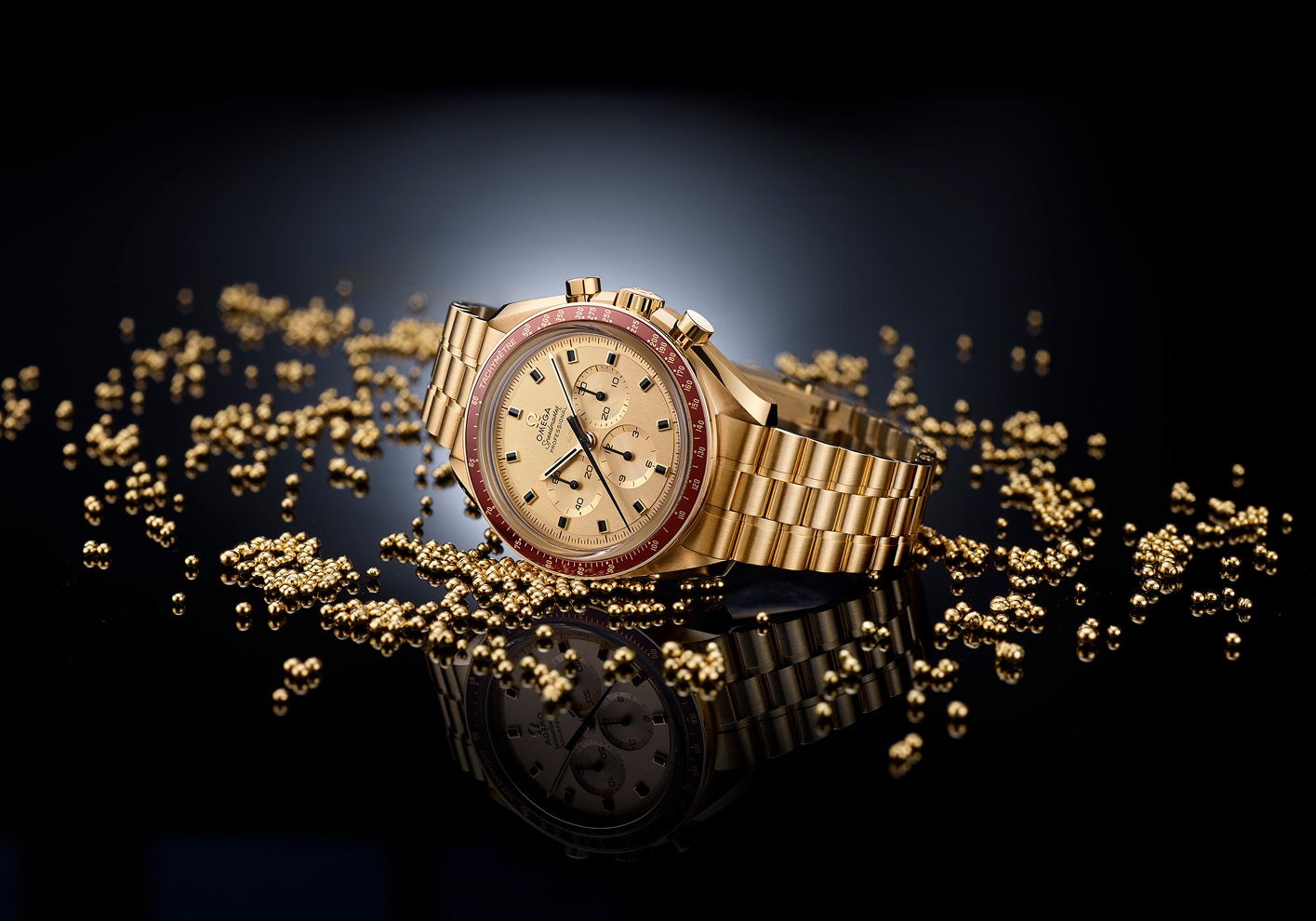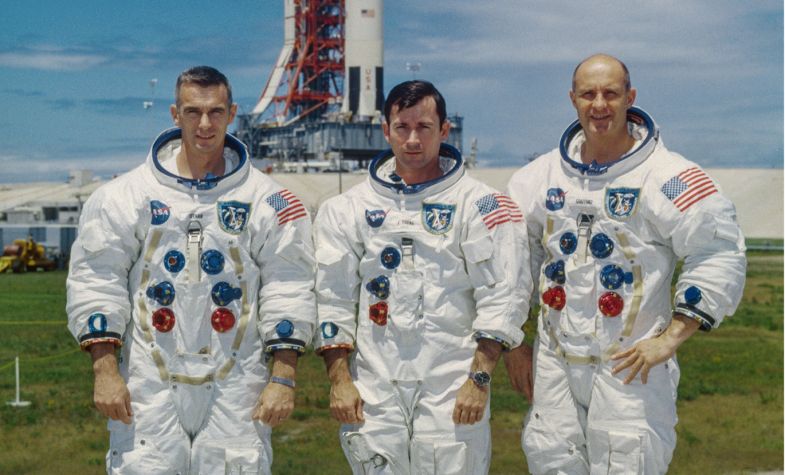Fifty years ago yesterday, on 16 July, the Apollo 11 spacecraft lifted off from Kennedy Space Centre in Florida with a three-man crew. On 20 July, the craft landed on the moon and two of its crew became the first men to set foot on the moon. To celebrate, the 50th anniversary of the Apollo 11 moon landing, we are speaking to a different astronaut every day to find out just what it takes to make it to outer space.
Lieutenant general Thomas P Stafford graduated from the US Naval Academy with honours, has five honorary doctorate degrees and has flown on four space missions. He was commander on Gemini VI and IX, and in 1975 flew on Apollo-Soyuz, a meeting in space between astronauts and cosmonauts, which helped end the Cold War. But two months prior to the Apollo 11 landing, general Stafford flew to the moon to take pictures, so that the Apollo 11 crew would know where to land. Here he tells us about following his dreams, the risks involved and how he became the fastest man alive.

Higher, faster
Exploration is a part of human destiny. As a little boy I always wanted to fly aeroplanes and to be a fighter pilot. I wanted the lightest plane, and I wanted to go higher and faster. I was accepted for test pilot school and became a pilot and instructor there. Then the Apollo programme came along, and the Gemini programme flew first to give us the experience for Apollo, so I did go higher and faster.
Developing the pioneering spirit
To me, it’s got to be in the individual, but it also starts at home, with parents giving a child the push, the guidance to do better at school and to go off and explore. In my case, besides that, I saw this big silver plane go across the sky in my little hometown in western Oklahoma every day. Route 66 was the main street. The first trans-continental airline went across there. I would look up as a little boy of five or six and say ‘I want to do that’. I’ve always wanted to fly.
The fastest man alive
(Thomas P Stafford set a speed record on his return with Apollo 10. The record still holds: it’s 24,791 miles per hour. Or 0.0037% of the speed of light.)
Unfortunately my two crewmates John Young and Gene Cernan are no longer around, so I’m the fastest man alive.
Risk taking
My family grew up with me being a fighter pilot and a test pilot, so space travel was just an extension of that. The risks are much higher than being in an aeroplane doing a test, but I didn’t give them a pep talk, I said I was going to have a ball up there. You train like mad, you’re disciplined and you do everything according to the flight plan. Being a test pilot is precision flying, and it’s the same way in space. In fact, this is where Omega comes in. When you go into space you’re in a circle course and the Earth turns underneath you. You can predict your trajectory a week in advance. It’s all based on time. This is why you want a reliable timepiece. We have an internal computer too. But when we’re outside we use an Omega, the only watch that met all the tough specifications, such as heat from sunlight, pure vacuum, the vibration of take-off, the whole thing.

Space fact
Since 1965, the Omega Speedmaster has been the official watch for every piloted Nasa mission, and was worn by both Buzz Aldrin and Neil Armstrong when they became the first men on the moon during the Apollo 11 mission in 1969. It is the only piece of equipment that has been used in all of Nasa’s piloted space missions, from the early days of Gemini to the International Space Station programme of today. Every astronaut of every nationality is now issued with two models: a mechanical Speedmaster Moonwatch for EVA (extravehicular activity) and a digital Speedmaster X-33 for use in-spacecraft. To celebrate the 50th anniversary of the moon landing, there is a gold version of the Speedmaster that replicates a model made to commemorate the event in 1969. That edition was restricted to 1,014 units and the new edition has the same number. It also features a piece of lunar meteorite on the caseback to represent the moon.















